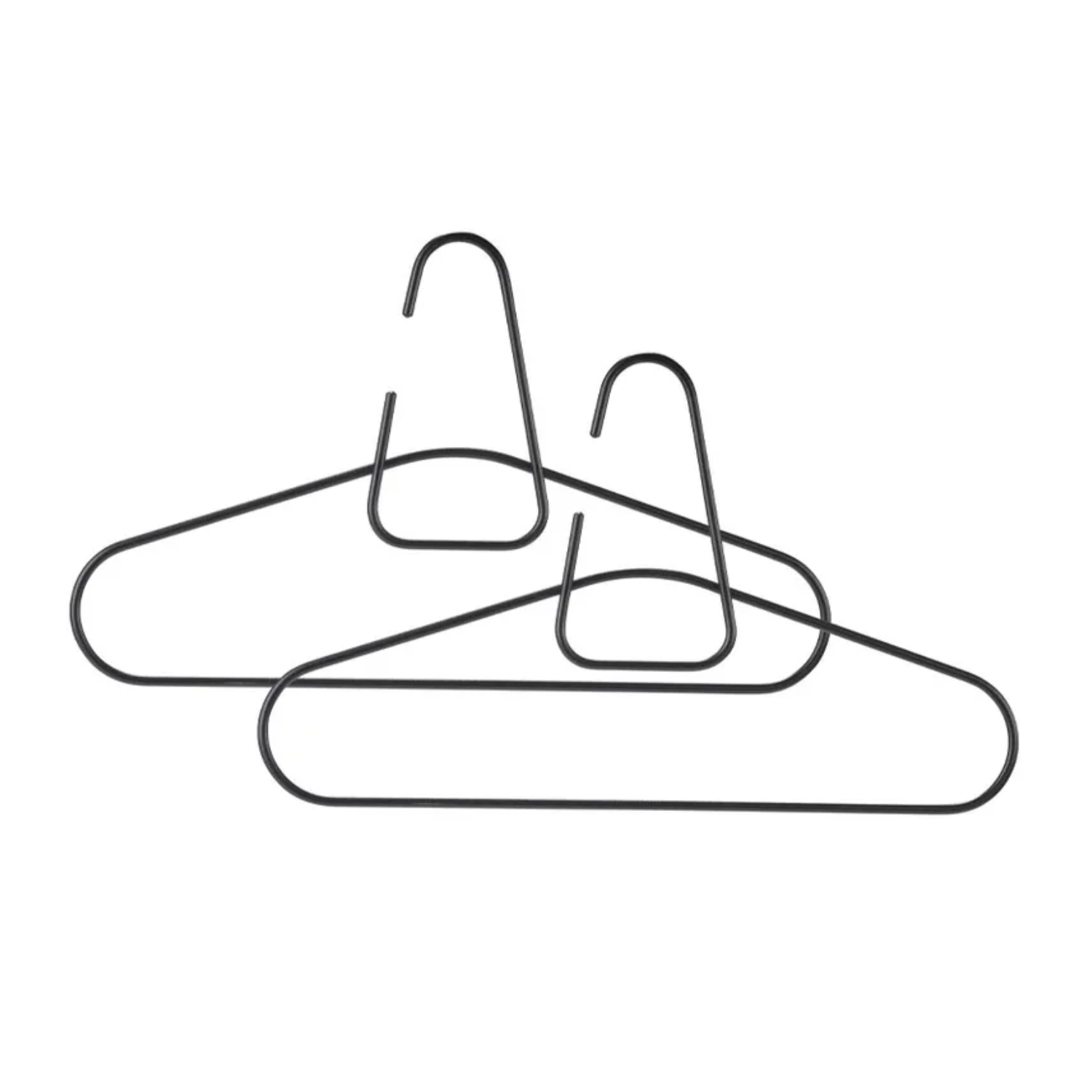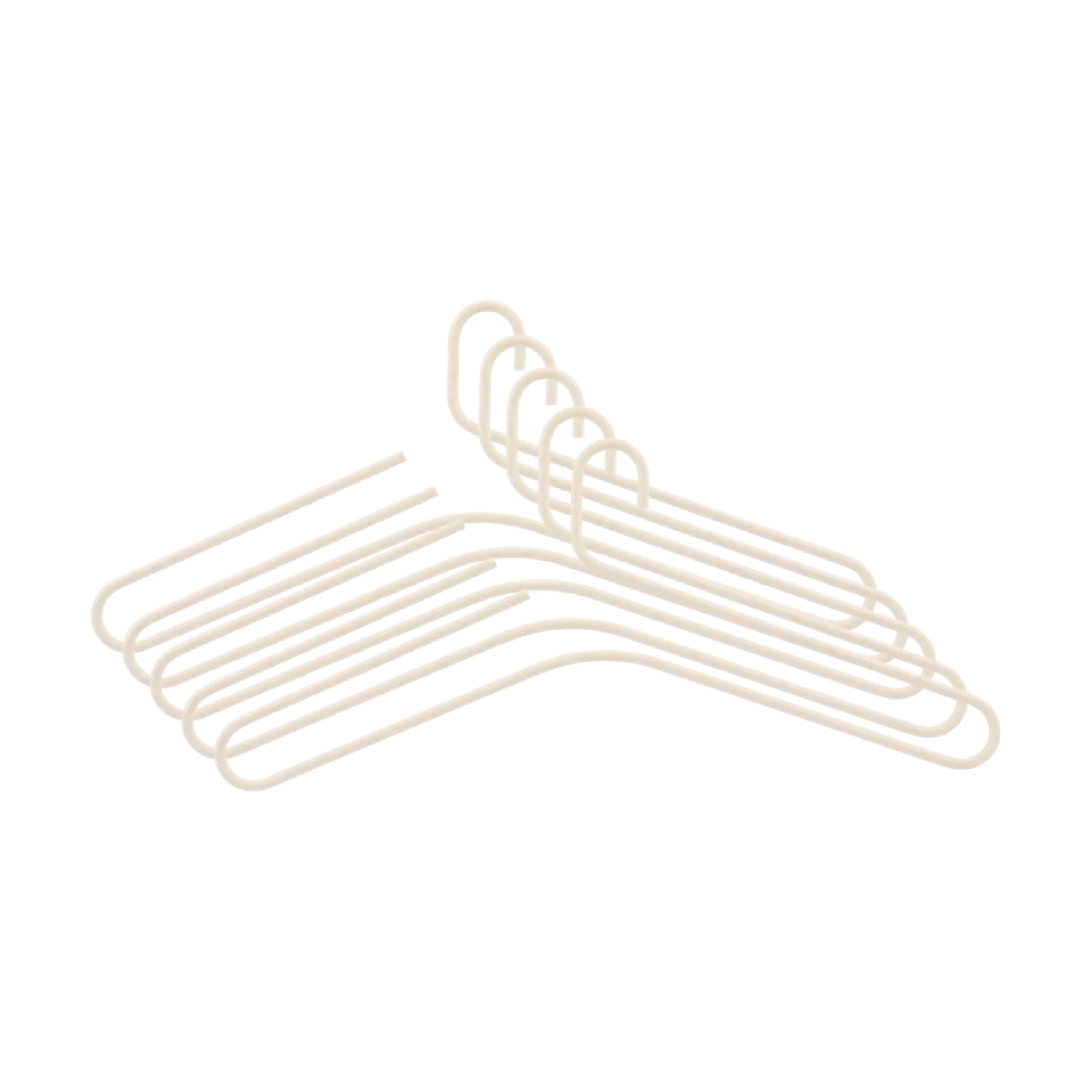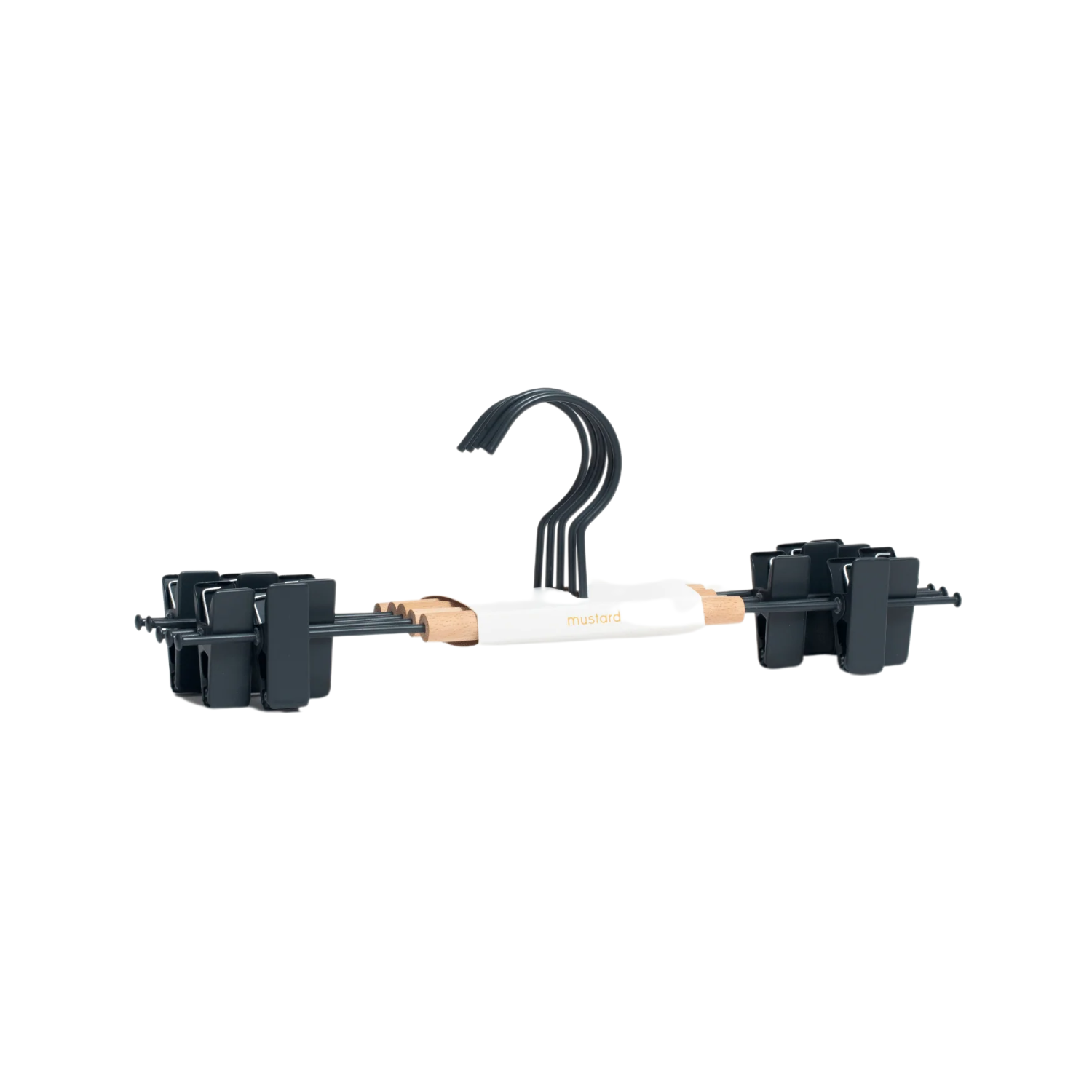Still Fighting an Overstuffed Wardrobe? This Reverse Hanger Decluttering Trick Might Be the Answer to Your Problems
A clever way to come to terms with the items in your closet you actually reach for and the garments that always get left behind
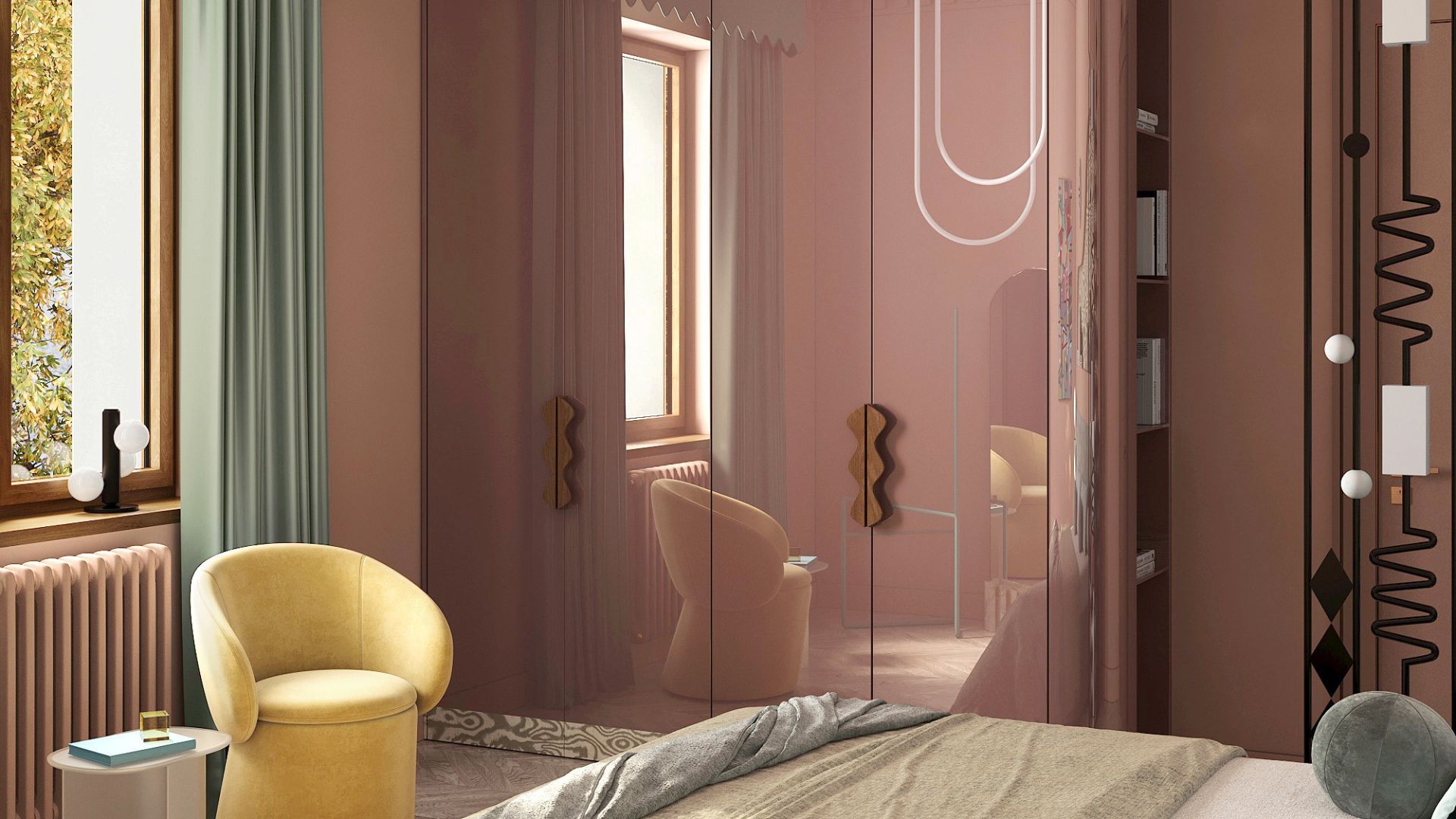

One of the most challenging places to declutter is your wardrobe. If you have a deep closet, you're likely losing plenty of space to forgotten dresses and old blouses that might not even be your style anymore.
Now, learning how to declutter your closet will help. But suppose you're a sentimentalist like me. In that case, chances are that half the things you don't wear will end up right back in your wardrobe, purely out of nostalgia and (soon-to-be lost) aspirations of styling them eventually. But this reverse hanger decluttering trick will change the way you see your closet.
Not to be confused with the reverse decluttering method, this technique caters to overstuffed closets, and if you can relate, here's how to finally fix it.
What Is the Reverse Hanger Decluttering Method?
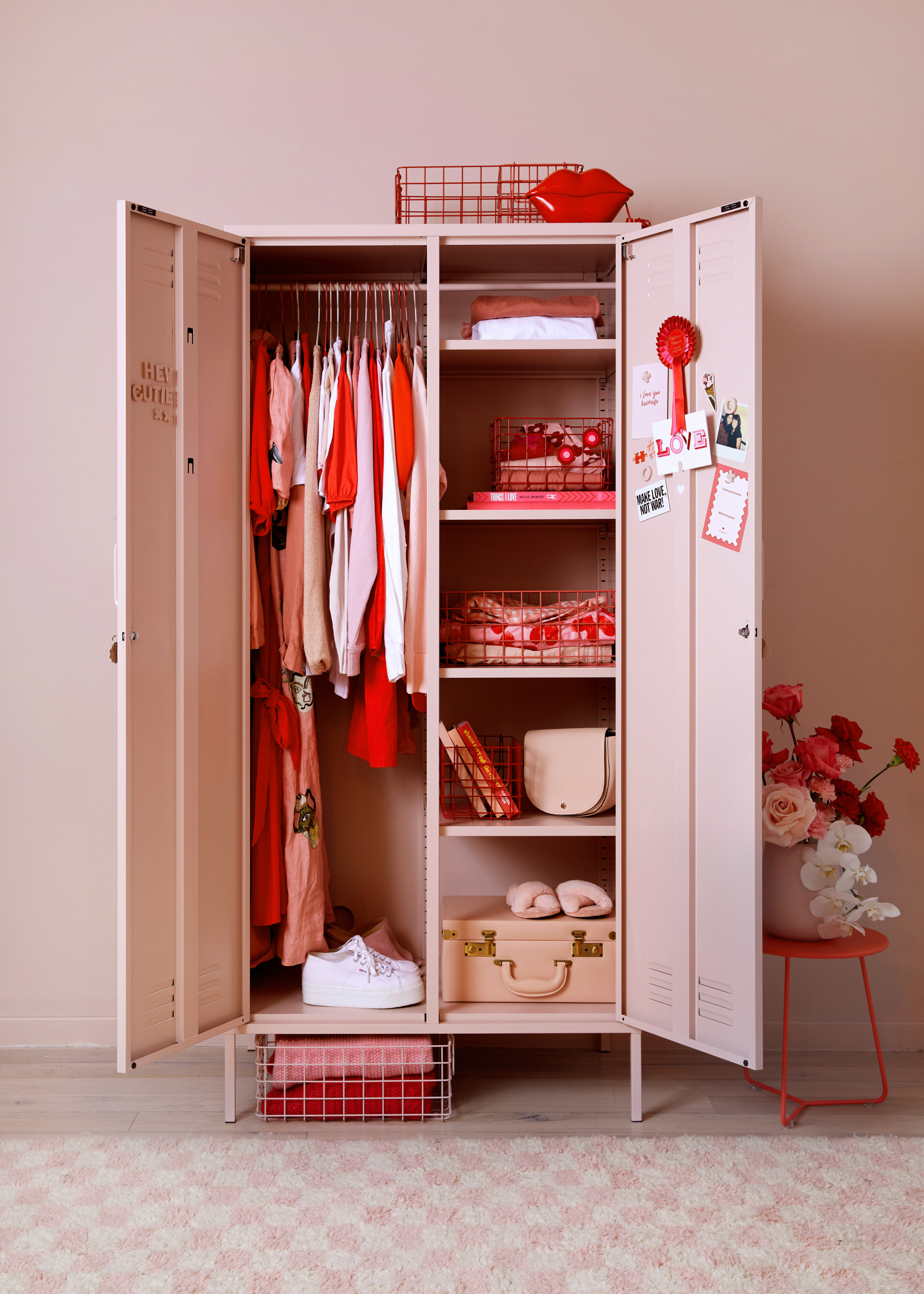
All it takes is a reversed hanger to understand the efficiency of your wardrobe.
The reverse hanger decluttering method is all about giving you clarity on the items in your wardrobe that you wear and hence should keep, while also identifying all of the things to throw out of your closet.
Arabella Drake, co-founder of Ankersen Drake, explains that the reverse hanger method is a straightforward wardrobe decluttering technique that helps you track which clothes you actually wear over time. "It’s ideal for a gradual, low-pressure approach to decluttering that’s perfect for people who prefer not to make many decisions at once or are unsure of which pieces they actually wear," she notes.
"However, it doesn’t account for clothes that are folded and stored away, nor does it consider less frequently worn items like sentimental pieces or formal wear. This means it’s not a complete, all-encompassing decluttering method, and you’ll still need to review the unworn items to decide what to cull, but I'd still say it's a great place to start."
The first step is to reverse every single hanger in your closet. Then, whenever you do wear an item of clothing, you return the garment with the hanger arranged the right way around.
The Livingetc newsletters are your inside source for what’s shaping interiors now - and what’s next. Discover trend forecasts, smart style ideas, and curated shopping inspiration that brings design to life. Subscribe today and stay ahead of the curve.
I also recommend setting a time limit for this exercise. For example, if you give yourself 30 days, then by the end of the month, it's time to take stock of the clothing with reversed hangers.
And that's all there is to it. Plus, if you want to go one step further, you can always follow up with the 'out in the open' decluttering method. This will help you sort through the garments left behind on the reversed hangers to cull your closet clutter in the moment.

Arabella Drake is the co-founder of Ankersen Drake Home Organisation, a luxury home organization company based in London. Working alongside Amalie Ankersen, she helps transform homes into beautifully organized, functional spaces that support each client’s unique lifestyle. Whether it’s curating a perfectly arranged wardrobe, streamlining a busy kitchen, or bringing order to an entire home, Ankersen Drake creates stylish, clutter-free environments designed to make everyday life smoother.
How Does it Work?
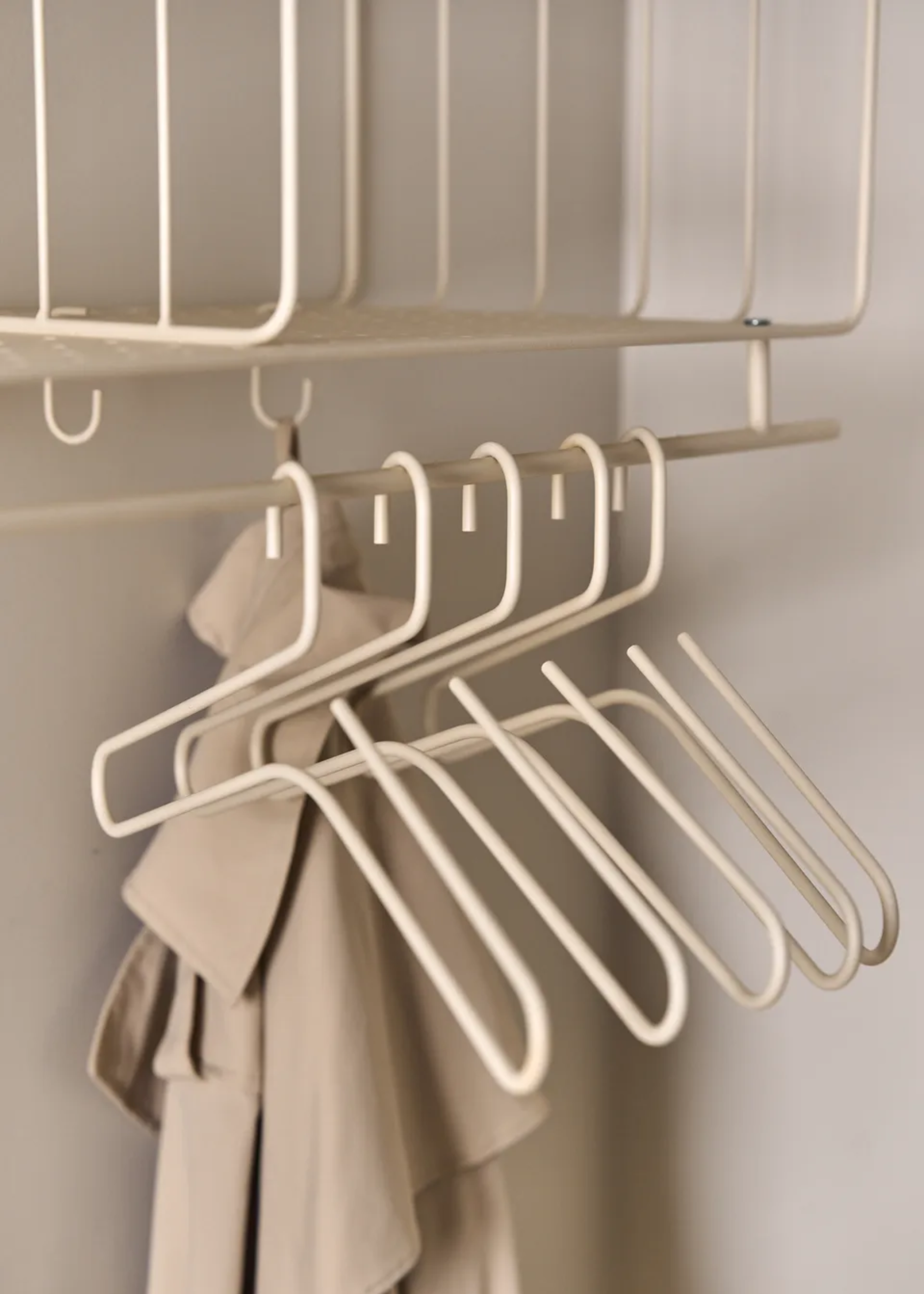
Calling all sentimentalists, this will help your bursting closet.
Unlike typical decluttering tricks that show instant results, this technique follows a more gradual approach. Additionally, it's more about lending you a sense of clarity to help you truly understand just how many items in your closet you have not been wearing and likely never will.
At the end of your 'reverse hanger' timeframe, it's up to you to act with intention for this method to truly impact your crowded closet. This is when you divide your clothes into three categories: donate, recycle, and retain.
However, don't be fooled by the last category, for this is when you embark on a ruthless decluttering session. Ideally, these three categories should follow in descending order, with the most number of items in your donation box, a handful of garments in your recycling box, and only very few pieces of clothing returned to your closet.
Verdict
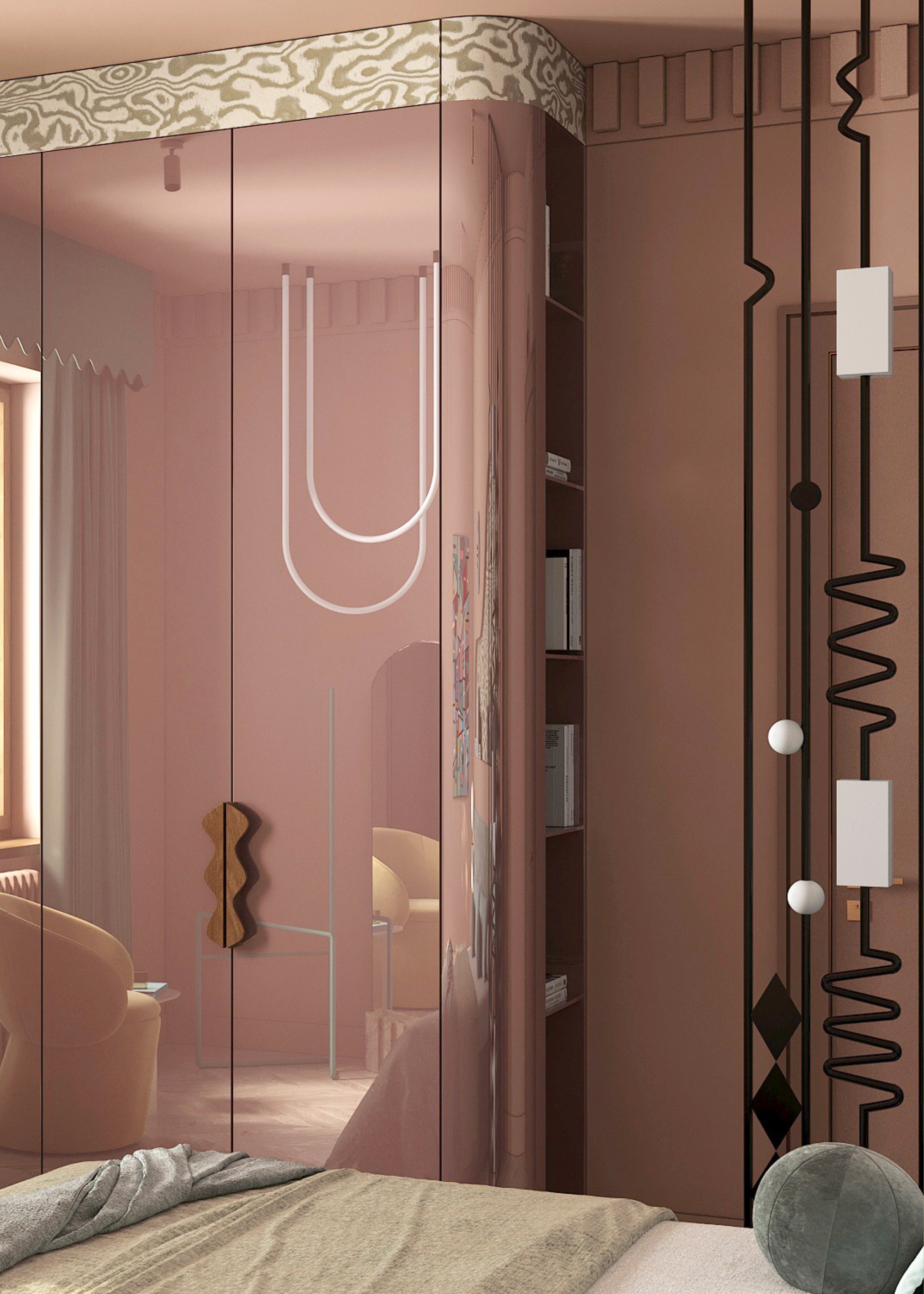
All in all, a clever decluttering challenge worth undertaking.
I tried the reverse hanger decluttering method in my own wardrobe, and it has been surprisingly eye-opening so far. It's been 10 days since I began, and already I'm more aware of the items in my closet that have gotten little to no use.
To put into play the final steps of this method, I decided to survey the reversed hangers in my closet and have since managed to pick out three tops and one dress to donate, along with a pair of shorts and a camisole that have already gone right into my recycling bin.
If you have a large wardrobe and haven't yet gotten around to storing your winter clothes away, it's important to only focus your efforts on the spring and summer section at this time of the year.
Similarly, during autumn and winter, you'd focus on paring back the section of your closet with bulky knits and woven cardigans. And this also answers the question of how often you should undertake this decluttering technique.
FAQs
Is it Good to Have Matching Hangers?
Yes, it's good to have matching hangers in your wardrobe. Mismatched clothes hangers can make your closet look messy and disorganized. While having a closet with matching hangers threading through the space allows for a cohesive and ultimately more organized look.
I'm going to continue practicing the reverse hanger decluttering trick in my closet, and if you're struggling to find space in yours, I definitely recommend giving it a go. And if you're looking for other techniques to try, take a scroll through our guide to the best decluttering challenges for further inspiration.

Amiya is a Home Wellness Writer at Livingetc. She recently graduated with a Masters Degree in Magazine Journalism from City, University of London, and has lent her words to beauty, fashion, and health sections of lifestyle publications including Harper’s Bazaar and Women’s Health. Her experience as a research analyst has equipped her with an eye for emerging trends. When she’s off the clock, she can be found reading, listening to music, or overanalyzing her latest Co-Star update.
